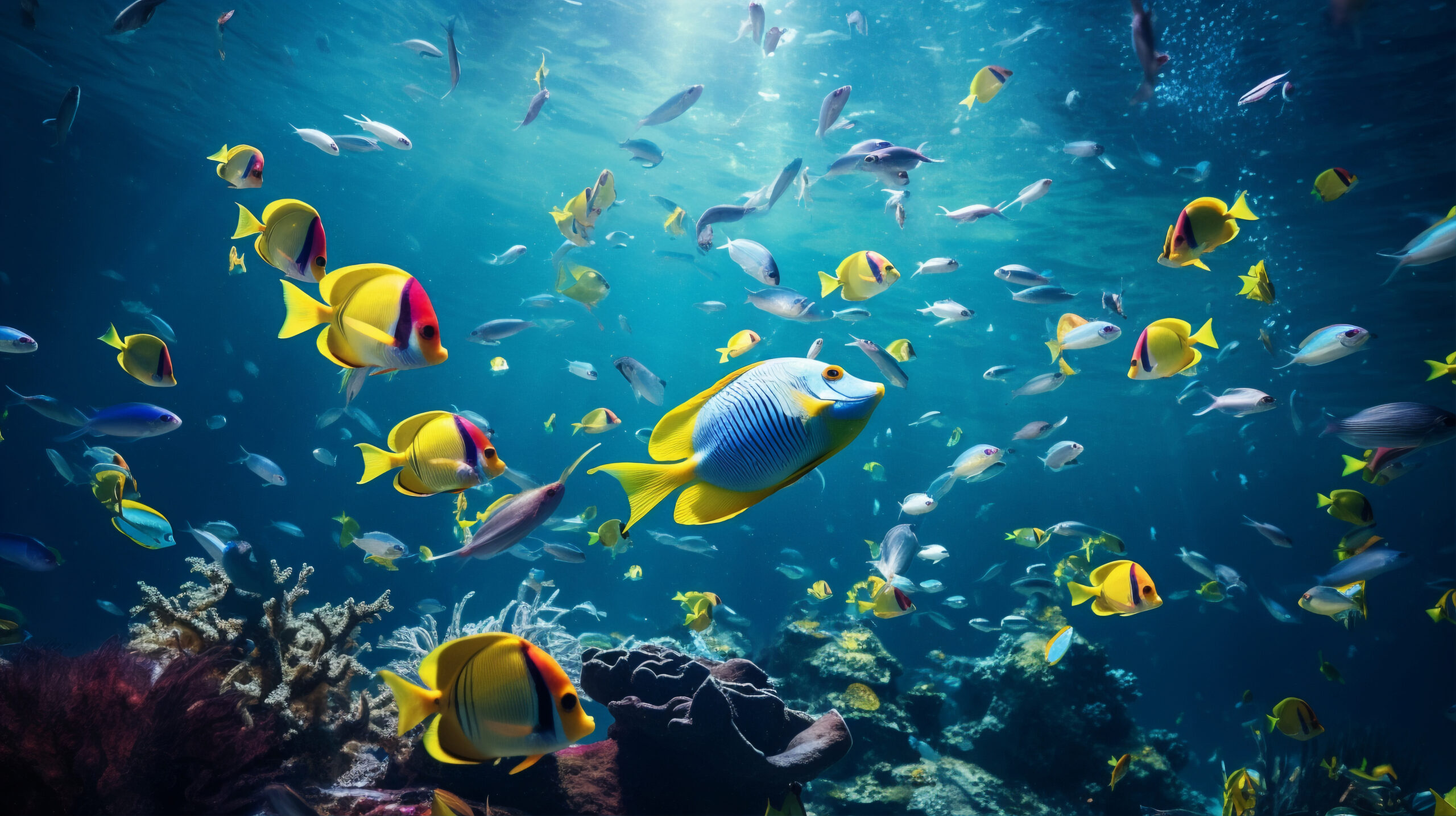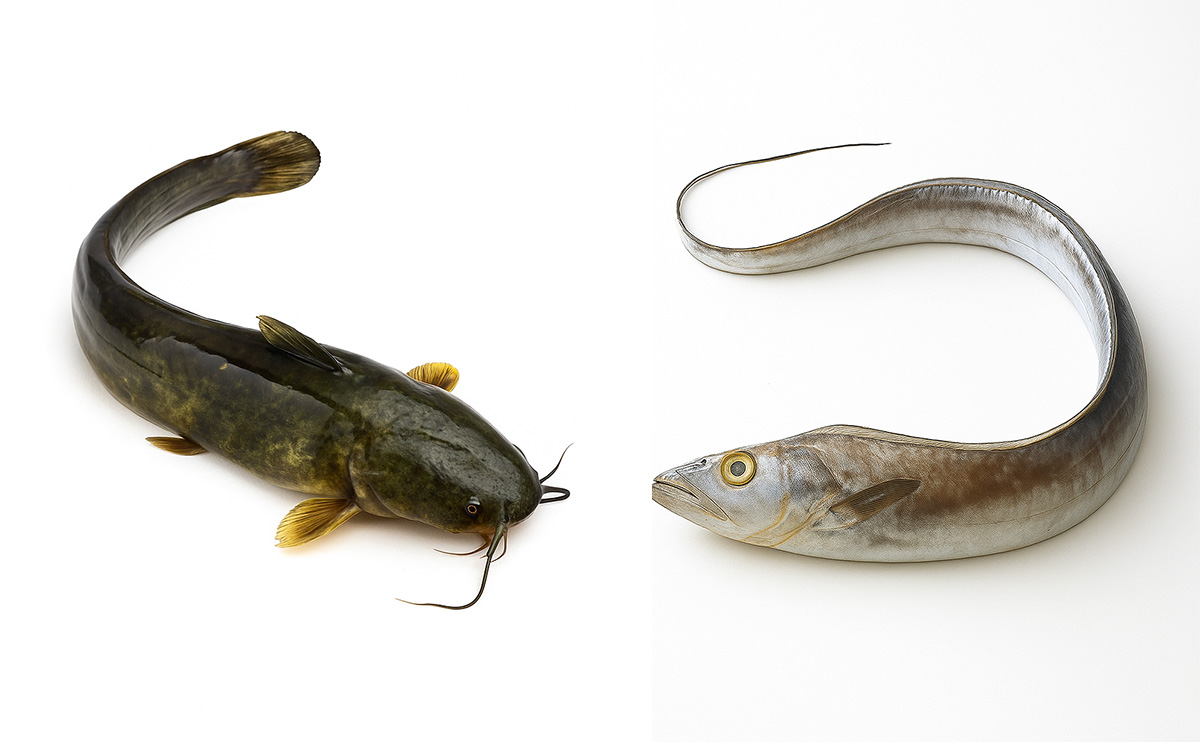Blog
The Great Aquatic Mystery

From the shimmering shallows of coral reefs to the mysterious depths of the open ocean, fish are some of the most widely distributed yet least understood creatures on Earth. Every year, billions of fish vanish into the blue—and even with sonar, satellite tags, and underwater drones, scientists still don’t fully know where many of them go, or why.
Unlike terrestrial animals that can be easily tracked with GPS collars or camera traps, fish operate in a three-dimensional, fluid, and largely invisible world. And the deeper or more migratory they are, the harder they are to study. This presents not only a scientific challenge but a critical one for fisheries management, conservation, and climate resilience.
🧭 Why Do Fish Migrate?
Fish migrate for three primary reasons:
Spawning (Reproduction)
– Salmon travel thousands of kilometers from the ocean to freshwater rivers.
– Tuna, eels, and other pelagic fish migrate across entire oceans to specific breeding grounds.Feeding
– Fish often follow seasonal food chains, such as plankton blooms or squid migrations.
– Some species shift between habitats daily—feeding in shallow waters by night and hiding in deeper waters by day.Environmental Conditions
– Fish move to maintain optimal temperature, salinity, and oxygen levels.
– Climate change is pushing many species toward cooler waters or deeper depths.
But even knowing the reasons doesn’t always help us know the routes—and that’s the mystery.
🧪 What We Know vs. What We Don’t
✔ What We Know:
Migratory routes of commercially important species like bluefin tuna, salmon, and cod are partly mapped.
Some fish are tagged with satellite or acoustic transmitters, which show patterns over days to months.
Coastal and reef fish can often be studied with underwater cameras or diver observations.
❌ What We Don't Know:
Where most deep-sea species spawn, feed, or die.
The exact migratory paths of eels—like the European eel that travels to the Sargasso Sea.
How fish respond to long-term ocean changes like acidification or current shifts.
📉 Why It Matters for Fisheries and Sustainability
The uncertainty around fish movement affects:
Fisheries management – Without knowing where fish go, quotas can be set too high or too low.
Conservation – Protected areas may not align with actual fish movement, rendering them ineffective.
Climate adaptation – As species shift due to warming waters, governments may clash over access (e.g., North Atlantic mackerel wars).
A real-world example:
In 2021, North Atlantic cod stocks collapsed faster than predicted, partly because scientists misjudged their migration shifts due to warming currents.
🛰️ The Tech Tools Unlocking the Secrets
New technologies are offering hope:
Electronic pop-up tags on tuna or sharks record depth, temperature, and location.
AI-powered sonar systems can track massive schools in real time.
eDNA (environmental DNA) allows scientists to detect fish presence from just a water sample.
However, high-tech tagging is expensive and often limited to larger species. For the millions of smaller species, we still have almost no idea where they go.
🧠 The Big Question: What If We Knew?
Imagine:
Knowing where every fish species breeds and feeds.
Designing marine protected areas (MPAs) based on real-time movement.
Predicting fishery yields accurately, avoiding overfishing or stock collapse.
Empowering coastal communities with data for climate-smart aquaculture.
It’s a vision worth pursuing—and urgently needed as oceans face mounting stress.
🐠 Final Thoughts
The question “Where do fish go and why?” is more than a curiosity—it’s a frontier of marine science with enormous implications for food security, biodiversity, and global economies. While we’ve made impressive strides, we’ve only scratched the surface of the blue unknown.
Until we bridge the knowledge gap with research, technology, and collaboration, many fish will remain mysteries of the deep—slipping silently through the water, beyond the reach of our understanding.
🖋️ Written by: [Your Name or Brand]
🌐 For inquiries or marine science features, contact: [email/website]
Would you like this blog converted into a PDF, translated into Hindi or Gujarati, or optimized for SEO (meta title, description, keywords)?

